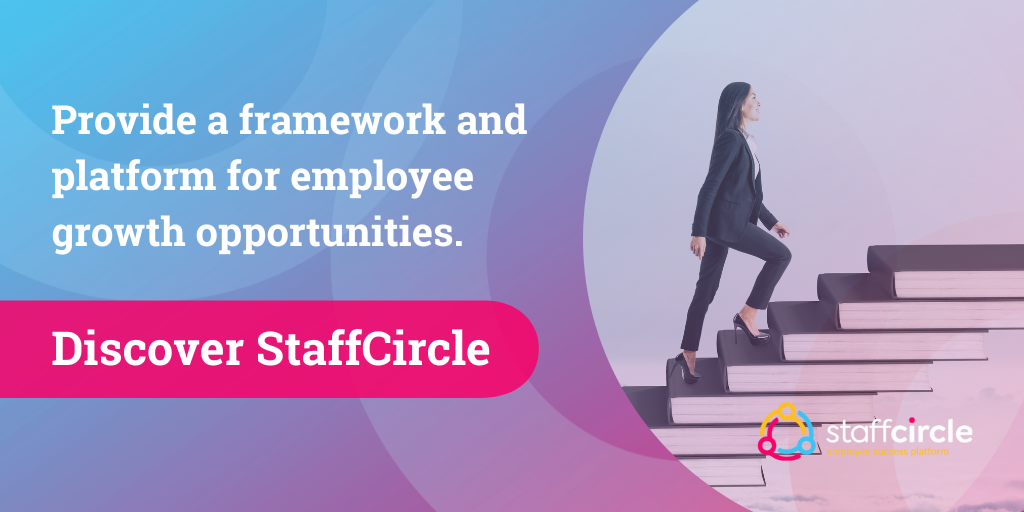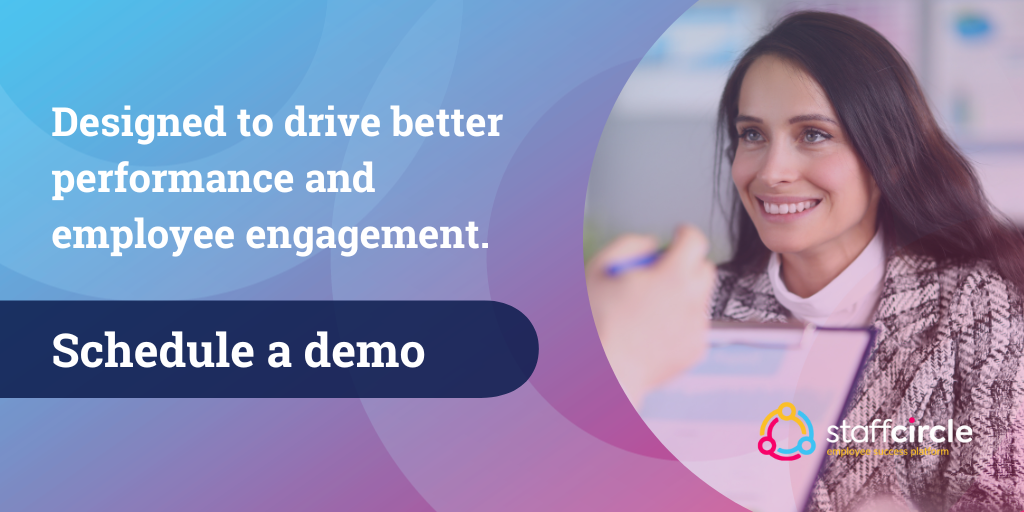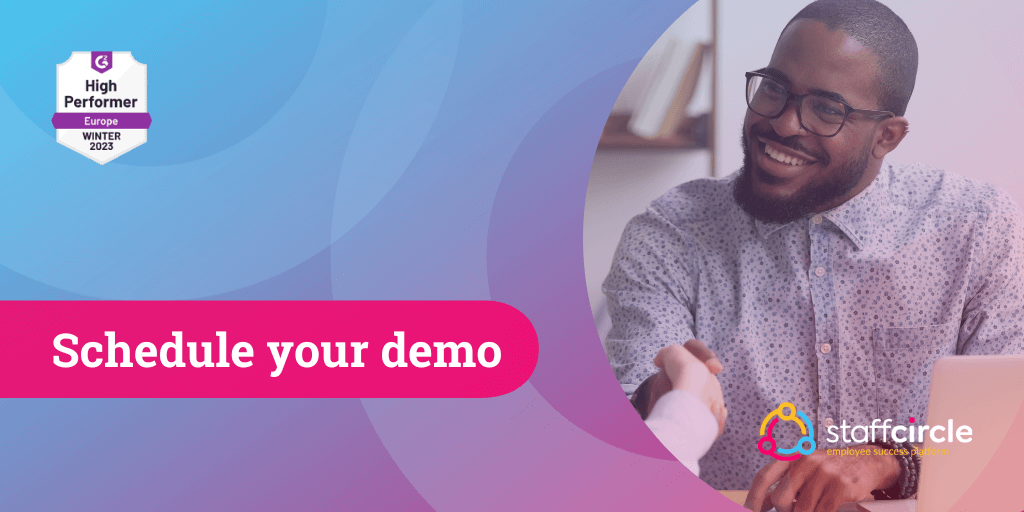Findings from CIPD ACE Manchester
It’s no secret that the job market is highly competitive. Attracting and retaining high-performance employees is a significant challenge for organisations.
Throw in the need to ensure employees are engaged and developing their skills and HR Leaders are spinning more plates than a circus performer.
This was a key topic at CIPD ACE in Manchester. HR Leaders told us of their need to balance talent attraction, retention, and development.
Their views?
A strong brand is no longer enough to retain employees.
Sure, it may attract them in the first place.
But what are you doing to develop their skills? Ensure their growth opportunities match their needs? Engage them in your mission?
How do you balance talent attraction, retention, and development to maintain a happy, productive, and loyal workforce?
Growth Opportunities
What motivates your employees?
Work-life balance, pay and benefits are common answers.
But right now, that’s not enough. Employees are interested in how you’ll help them grow.
In fact, a report by LinkedIn revealed that in 2023, an employees’ number one motivation to learn was to progress towards career goals.
How do you help them grow?
Personal development plans (PDP) give your employees a framework for their growth.
A measurable structure for their development. Visible, accessible, and trackable.
Without growth opportunities, you run the risk of employees leaving, in search for a business elsewhere that can mentor and develop them to achieve their career goals.
Employ’s 2022 Survey cited career advancement as the third reason employees’ leave their current roles in search of something new.
But it’s not just employees’ that benefit from growth, businesses do too.
A detailed skills analysis lets you see the gaps you have in your business and how you can develop your team to future proof.
Or, if no one is at that skill level – and can’t get there with a PDP, it’s time to get recruiting.

Workforce Planning
Who knows what’s round the corner?
Technological advancement, economic change, or customer attitude.
Planning for all eventualities isn’t easy.
But you can take comfort in your workforce’s adaptability.
Having the right people, in the right positions, at the time right time – which you can achieve with the right skills and development processes in place.
Establishing clear career paths and a roadmap for advancement will support your overall business strategies and allow you to retain employees who are keen to progress.
You’ll create a culture that encourages continuous learning and innovation through comprehensive training programmes, supporting their pursuit of additional certifications and allowing dedicated time to learning and development.
The bonus to having a clear plan in place is that it can support you with your future hires, as well as your current staff.
Once you know where your skills gaps are you can look to hire individuals that can fulfil these and with skills and development a top priority, you’ll appeal to future hires looking for a supportive management team who will help them to grow.

Regular Check Ins
You’ll need to consider how to achieve a thriving workforce and how you identify skills gaps in the first place.
Our recent report: Performance Management Is Underperforming revealed only 15% of employees have a regular weekly check-in with their manager to discuss performance. With the majority (54%) considering leaving an organisation if they didn’t receive frequent managerial feedback and communication.
Regular performance evaluations are the best way to start, setting up check-ins that are weekly or fortnightly to identify and understand each individuals’ strengths and areas to improve.
This way of openly communicating with your team will create a transparent culture in which organisations can align their own strategies and growth aspirations with that of their employees.
You might even uncover areas of mentorship or new experiences that staff members could be open to, given the opportunity.
Awarding Success
The last piece of the puzzle?
Recognising and rewarding success for employee engagement.
All this growth is great for your business and for your employees’ professional growth, but aside from monetary compensation for upskilling, what can you offer them as a reward for working hard?
Creating a robust recognition programme reinforces the notion that you’re proud of their achievements and creates a sense of value and appreciation.
It’s about creating a place that employees want to work, want to grow at and ultimately would recommend as a great place to work.
The reward for you?
Retaining and ultimately attracting more of your most valuable asset: your talented workforce.

Drive Performance
StaffCircle can support your organisation with our all-in-one platform designed to drive better performance and employee engagement.
Our skills and development area can enable you to identify skills gaps in your team, whilst goals and objectives can enable you to motivate your team to achieve high.
All whilst providing feedback that can be shared directly to the recipient or to the wider team via the company feed.
Sound good? Book a demo to see the platform in action.






